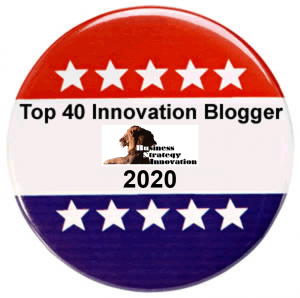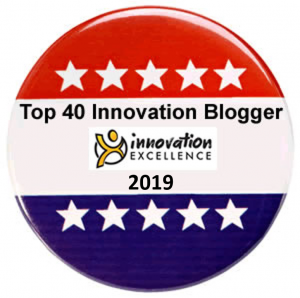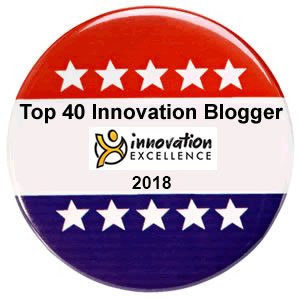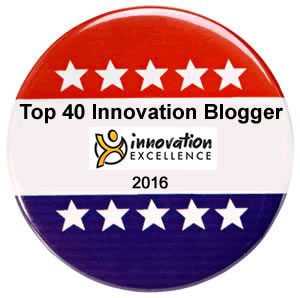Just in case you haven’t seen the latest Star Trek movie yet, here is one of its key messages in generating discovery for innovation, which links to generating fresh new ways of business problem-solving:
At ImagineNation™, we focus on generating discovery to see the things that are temporarily hidden, and temporarily not understood. To transform these into creative ideas and innovative solutions that people value and cherish. This is because creativity and innovation are the key vehicles for empathizing and knowing how to see opportunities and solve your smart, savvy 21st-century customers’ problems, as well as in business problem-solving.
This is the new way of business problem-solving that adds value to the quality of people’s lives. It is also an effective way of dealing with, and potentially solving the range of wicked and business problems occurring in our uncertain, volatile, ambiguous and complex business environment and world.
What does it mean to Generate Discovery?
Generating Discovery involves enabling people to listen, inquire and debate from the temporarily hidden or emerging field of the future through:
- Deepening our attending, observing and discerning capabilities to consciously discover possibilities that challenge and disrupt the status quo.
- Creating cracks, openings and creative thresholds that push the boundaries, challenge assumptions and mental models to unleash boldly creative ideas.
- Sensing and perceiving possibilities, and opportunities for innovative solutions to problems that may not have been previously imagined.
Why is Generating Discovery Important?
Most business planning and business problem-solving processes tend to be linear or vertical in their attempt to provide behavioral or reactive short term solutions. The intent is to fill the gap between the current reality and a desired future state. These are often developed by applying the same mental models, and often the same thinking processes that generally created the current, often undesirable reality.
Knowing that you can’t solve the problem, with the same thinking, or world views that created it, we need to know how to generate new sets of mental models that allow us to perceive the problem differently.
Experimenting with the generative discovery skill-set enables us to juggle multiple theories, models, and strategies to plan in an emergent way – which emerges new, most likely unexpected, creative ideas that can be transformed into innovative solutions.
This enables us to create the bridge between the visible world (what we see) as it meets the invisible world (the source or place from which we perceive it).
How do we Generate Discovery?
Initially adapted from the work of Clayton Christensen from ‘The Innovators DNA’, at ImagineNation™, we evolved our approach to Generating Discovery into a Four-Step Cycle.
Knowing that questions are the new answers, we have patterned our questions across four phases and complemented these with the four phases of listening and conversing, which align with Otto Scharmer’s “Theory U” and our work in multiple intelligences.
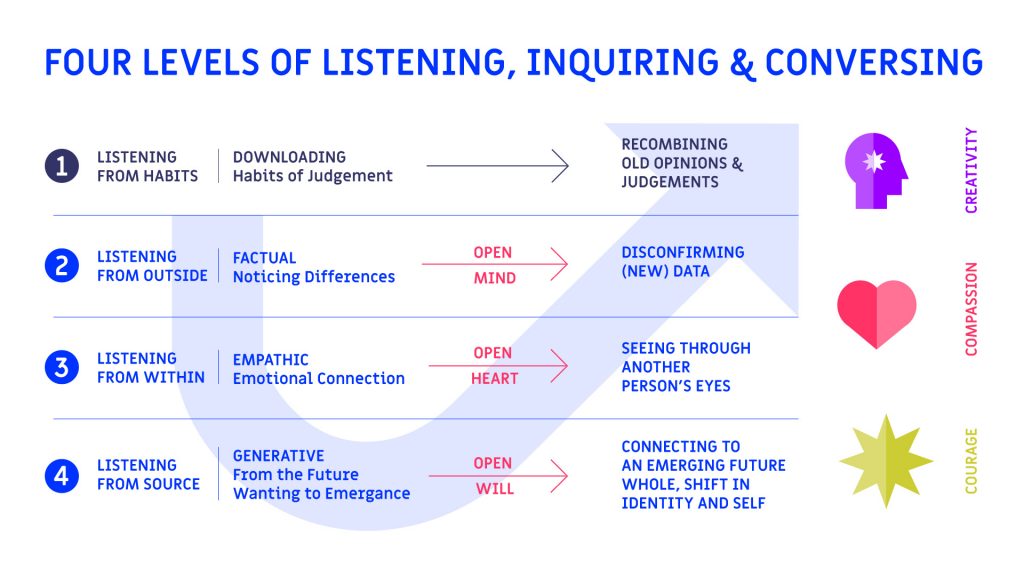
Incorporating generative listening, inquiring and conversing skills to see and solve business problems in four steps;
Problem and fact-finding to discover the generative nature of the problem wanting to be solved.
Exploring the causal factors to discover the systemic nature of the problem.
Disrupting the current reality, challenging conventional thinking by creating safe and intentional collisions.
Eliciting truly, previously unknown, creative ideas from the emerging future.
The 4 Step Cycle of Generative Discovery

Step One – Elicit a description of the territory:
The first step involves eliciting a description of the territory or in the social field of attention. By exploring, understanding and describing the specific (cognitive, emotional, and visceral) territory the problem exists within. Knowing that the ‘map is not the territory’ as it is only a picture or a representation of the actual territory, we shift our focus towards;
- Problem Finding
- Fact-Finding
This requires us to deeply listen to reveal ‘what is’ or ‘what is really going on’ in the system and to build empathy with how it feels to be in that kind of territory.
We do this by asking intentional – ‘who’, ‘what’, ‘when’ and ‘where’ questions.
Step Two – Identify the causes of the current reality:
To really know and understand the patterns and trends operating within the territory we have to immerse ourselves in it. This allows us to generate a deep understanding of the business opportunity or problem. To see and identify the forces that are emerging, diverging and converging, and how current and potential customers or users are impacted by it. We shift our focus towards:
- Problem Defining
This is so that we can understand the deeper generative or systemic nature of the business problem by asking causal questions that help us get to the core of the business problem.
So we ask causal questions, continually asking intentional – ‘who’, ‘what’, ‘when’ and ‘where’ questions’ and making sure not to jump straight to taking action or finding a solution.
Step Three – Disrupt the territory:
It’s important now to make the shift from specific and descriptive questions towards generating intentionally disruptive ones. We can be provocative and generate a safe differing, and contrary debating process. This is where the temporarily hidden ideas emerge through cracks and openings in the field. We shift our focus toward:
- Ideas Emerging
- Ideas Exploring
- Ideas Colliding
The aim is to use people’s cognitive dissonance and the state of creative tension to generate creative energy. Bu creating intentional collisions between people’s internal programming, perspectives and thought patterns. To initiate mindset shifts, create ‘cracks’ thresholds and openings that elicit and unleash possibilities and creative ideas.
When doing this, we have to ensure that we mitigate against resistance by creating a safe collective holding space and container. This results in an intimate, empathic and compassionate relationship. Doing this effectively enables us to unconsciously create an assertive, candid and constructive generative debate that ultimately results in ‘right-hand turns” and potentially creates the inflection point for breakthrough and creative ideas.
So we ask intentionally disruptive questions by asking deeper ‘what’ and more ‘why’ and ‘why not’ questions
Step Four – Elicit creative ideas;
This step is intended to create deeper conflict, disagreement, and dissonance to generate a provocative and creative debate. We shift our focus toward:
- Idea Refining
- Idea Deciding
This enables us to draw on the potentiality of the interaction and to elicit the range of unexpected possibilities awaiting us in the emergent space.
The focus is on asking safe and intentionally disruptive questions – ‘what if’ and ‘how might we’ questions.
How is this different from conventional business problem-solving?
You have probably noticed by now when applying the four-step cycle that there is a deep space between what we may have thought the problem to initially be, and generating an ultimate solution!
That at no point have we been focussed to take action by identifying options, making choices or by developing solutions as people most often tend to in a transactional relationship or in a conventional problem-solving situation.
What we have successfully achieved by applying the four-step cycle is:
- Development of a new set of mental models which allows us to be conscious, so that we can perceive and see the initial problem at its core, as well as at a whole-systems level.
- A way of juggle multiple perspectives to plan in an emergent, divergent and convergent way – which ultimately emerges unexpected, often disruptive, creative ideas that ultimately lead to innovative breakthrough solutions.
Intentionally generating discovery for innovation by embodying and enacting a generative listening, inquiring and conversing skill-set creates the bridge between the visible worlds (what we see and know) as it meets the invisible world (the hidden place from which we now know how to perceive it).
This generates fresh new ways of learning by doing, to sense, perceive and address business problem-solving as well as enhancing your capacity to create and innovate.
At ImagineNation™ we provide innovation coaching, education and culture consulting to help businesses achieve their innovation goals. Because we have done most of the learning and actioning of new hybrid mindsets, behaviours and skill-sets already, we can help your businesses also do this by opening people up to their innovation potential.
Contact us now at janet@imaginenation.com.au to find out how we can partner with you to learn, adapt and grow your business in the digital age.


